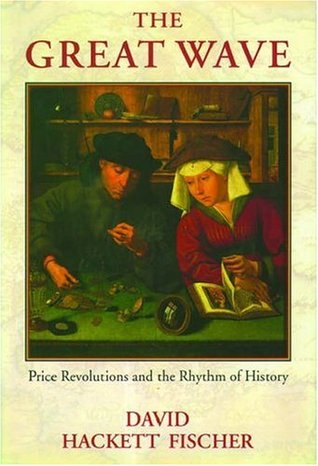behaved very much like that of washing machines and refrigerators in the twentieth century. It rose in nominal terms, but fell in relation to other commodities for which supply was less elastic.19 Altogether, historian Michael Postan observes that “movements of agricultural and industrial prices did not synchronize” with one another during the medieval price-revolution. This distinctive pattern of price-relatives was typical of a demand-inflation. It appeared in every great wave without exception.20
Welcome back. Just a moment while we sign you in to your Goodreads account.


